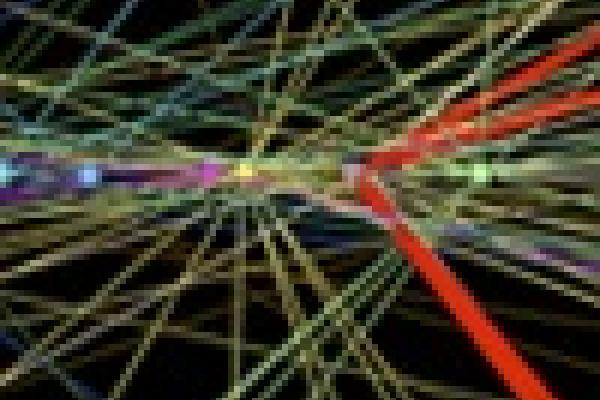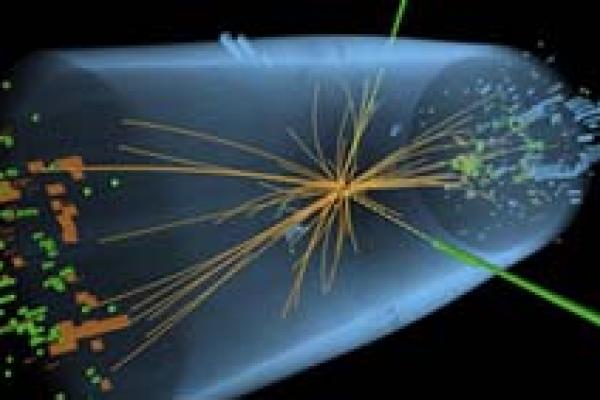News story

The Higgs boson: a massive discovery
If it looks like the Higgs... and it smells like the Higgs... have we finally found it? Most physicists agree it's safe to say we've finally observed the elusive Higgs boson. And perhaps that is not all....



